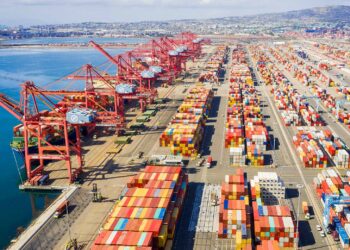Crude oil prices rose further after Saudi Arabia expressed its confidence in demand by raising the price of its crude for Asia by more than expected.
After surging to its highest level in over three months, West Texas Intermediate traded near $120 a barrel. As China, the world’s biggest crude importer carefully emerges from viral lockdowns that have squeezed its economy, Saudi Arabia raised its official selling prices for Asian consumers in July.
The fuel market has also tightened significantly, just as the summer driving season begins in the United States. Retail gasoline prices have risen to a new high, while New York futures hit a new high on Monday.
Crude oil price outlook
- Oil has risen about 60% this year, owing to resurgent demand from nations recovering from the pandemic, as well as a tightening market following Russia’s invasion of Ukraine. The battle has fuelled inflation, driving up the cost of everything from food to fuel, and prompting central banks to tighten their monetary policies.
- Following repeated appeals from the US to pump more, OPEC+ agreed last week to increase output. The cartel announced that it would add 648,000 barrels per day in July and August, a 5% increase over recent months.
- However, the business has recently struggled to meet its supply targets, creating worries about its ability to achieve the goal.
- The price of crude oil rallied strongly in the previous sessions, coming within a few pips of our hoped-for target of $120 per barrel. However, the price began today with a clear decline to test 117.30, and now returns to resume the bullish bias, implying that the price will surpass the mentioned target and open the way to further gains to $125 a barrel
- As a result, market pundits recommend a bullish trend for the foreseeable future, noting that a breach of $117 a barrel will pressure the price to accomplish a temporary bearish correction before rising again.




















